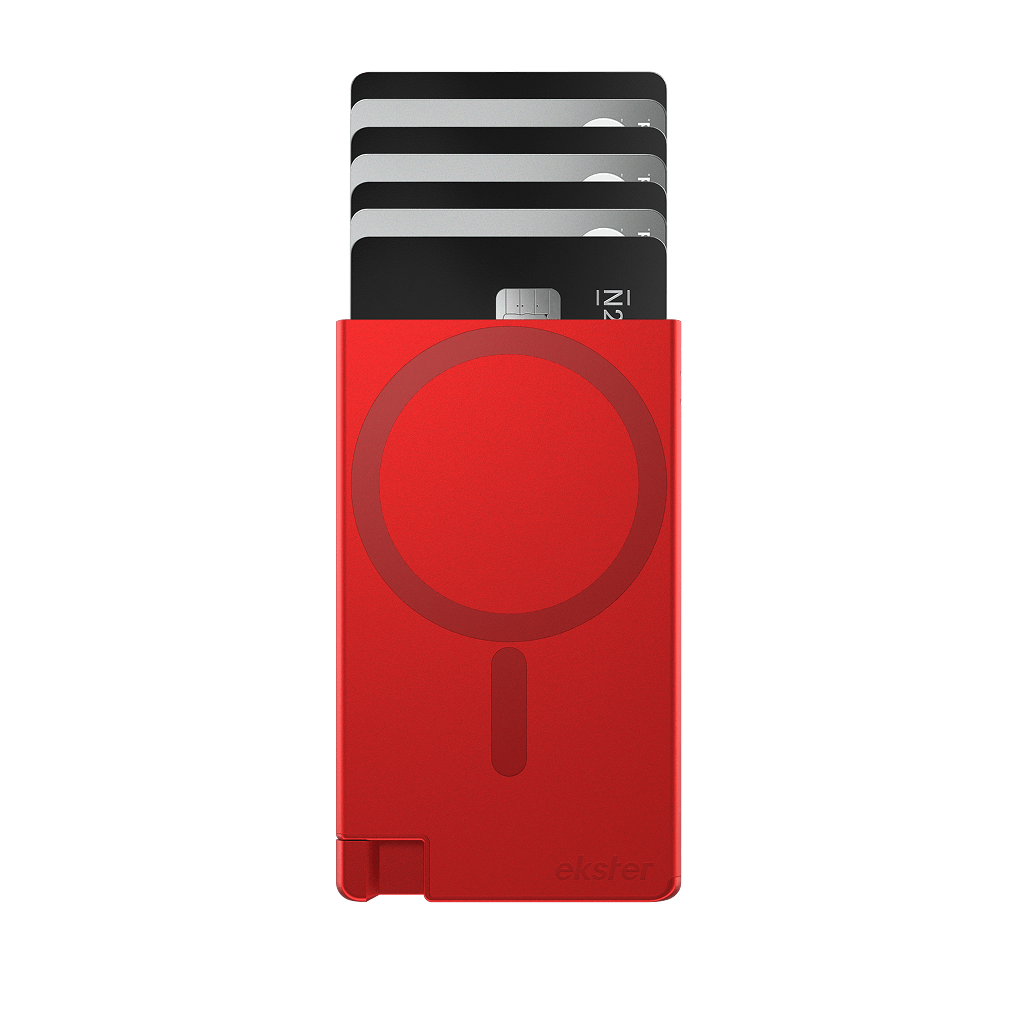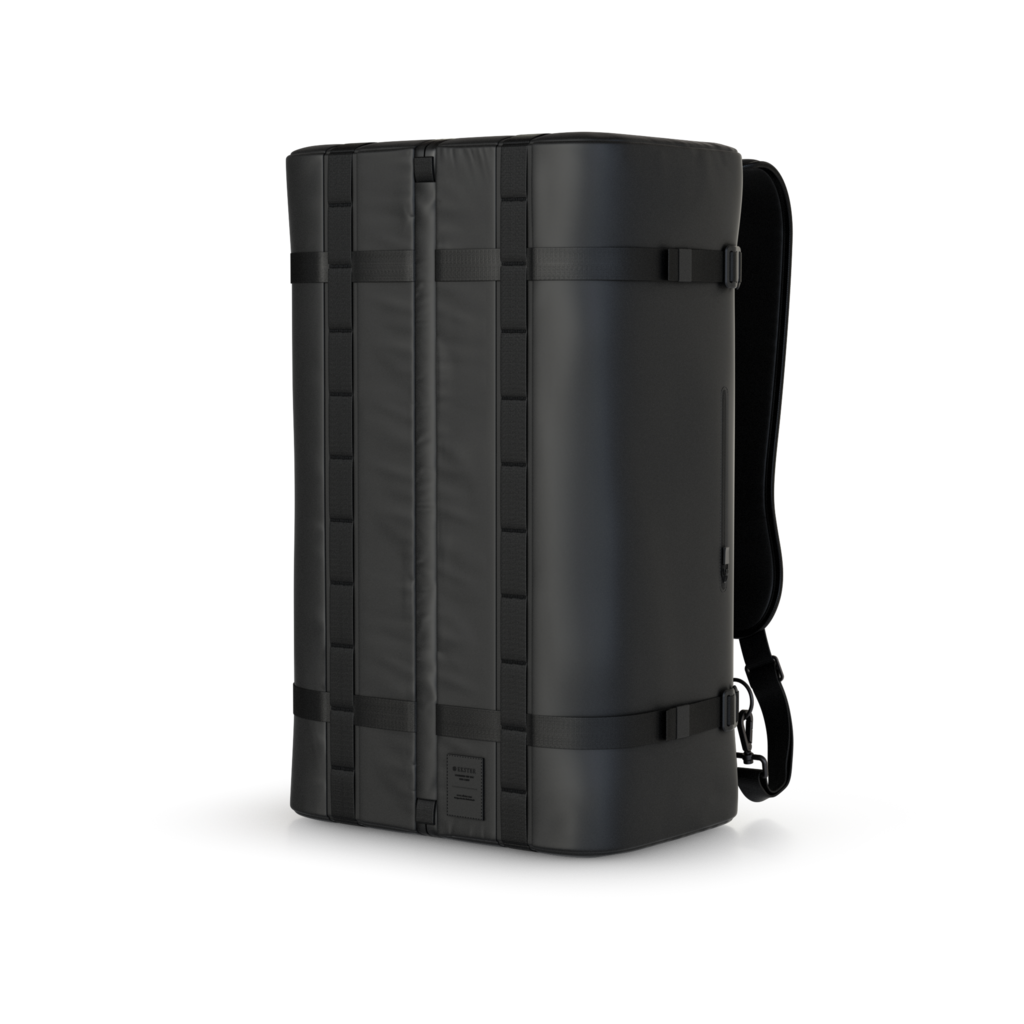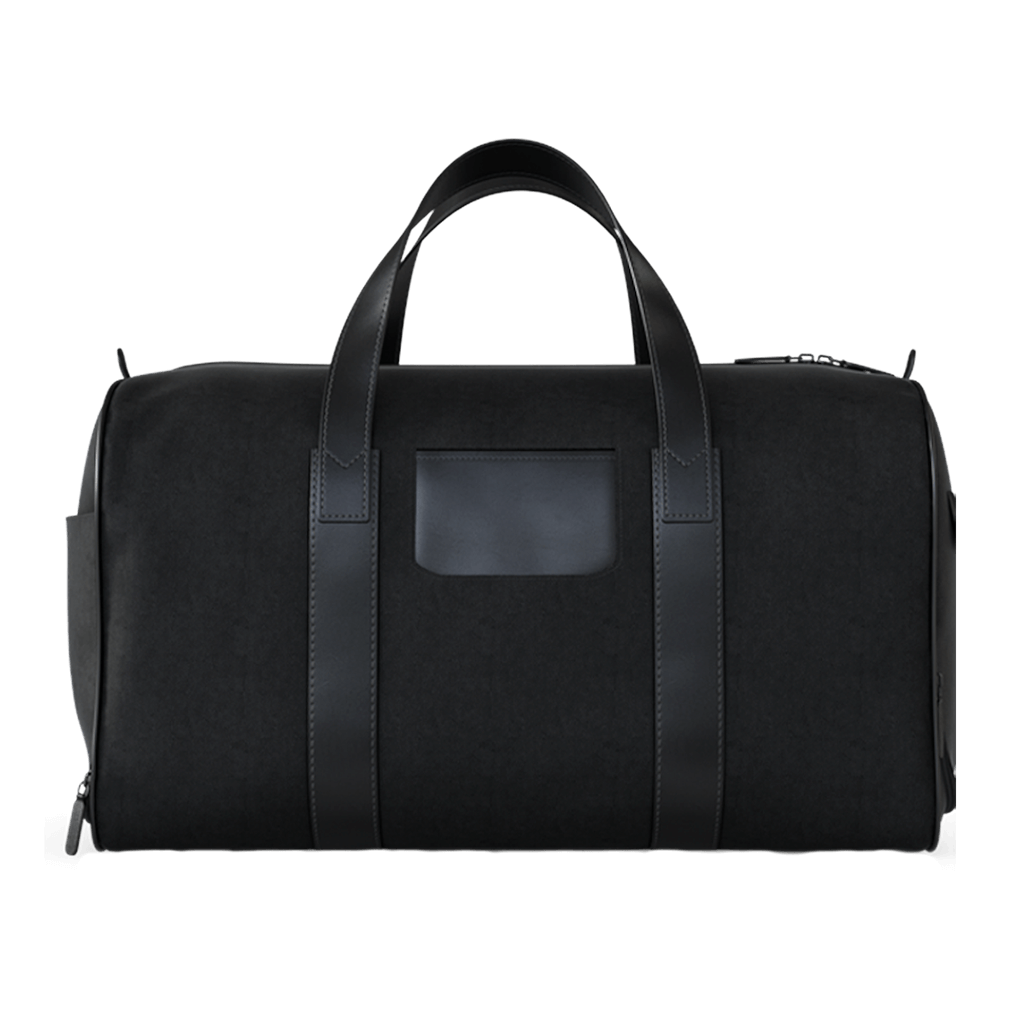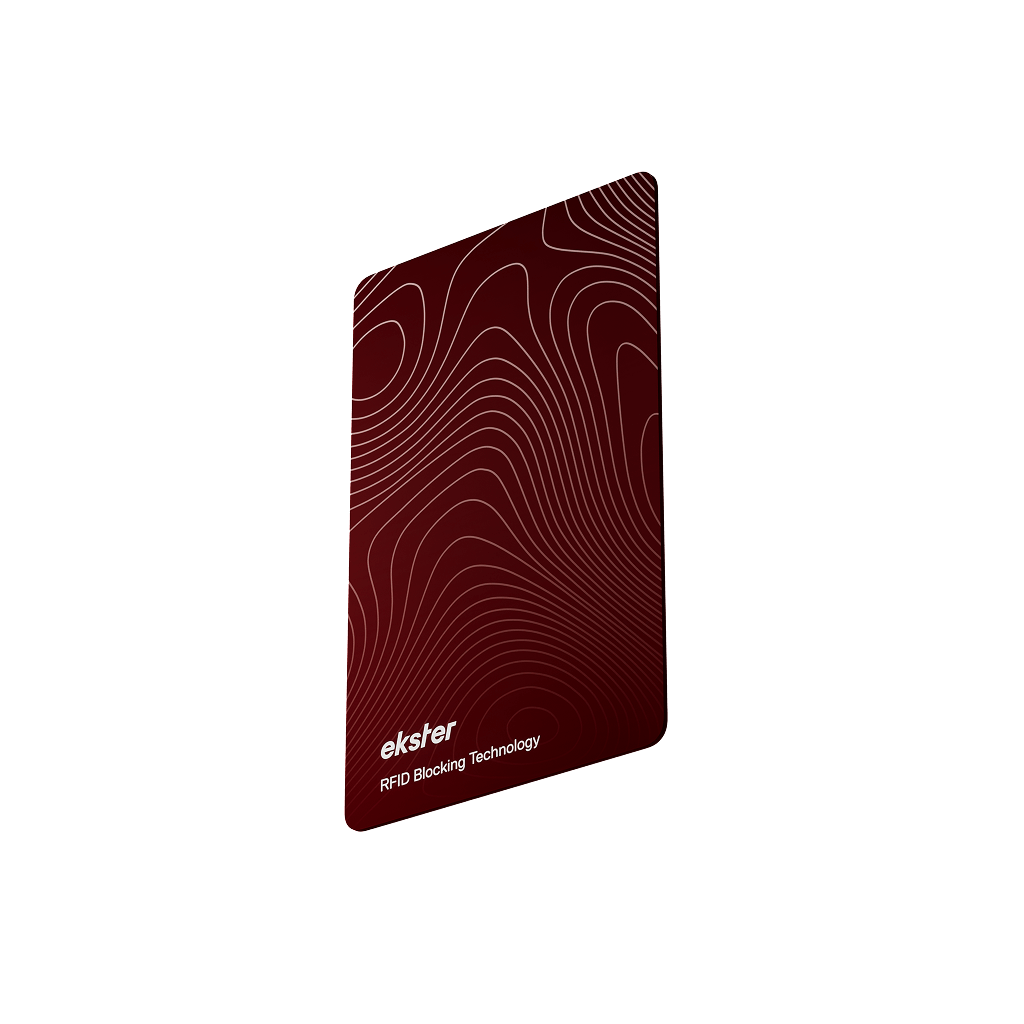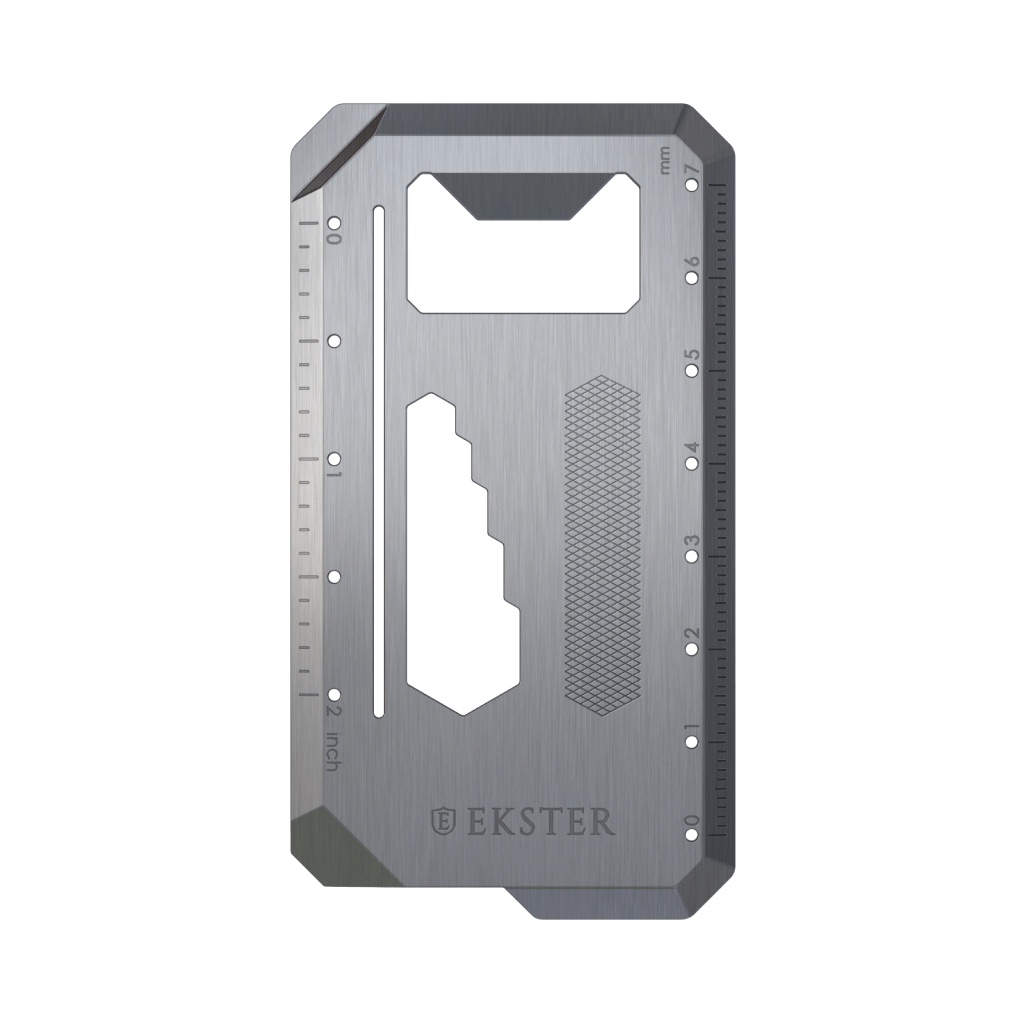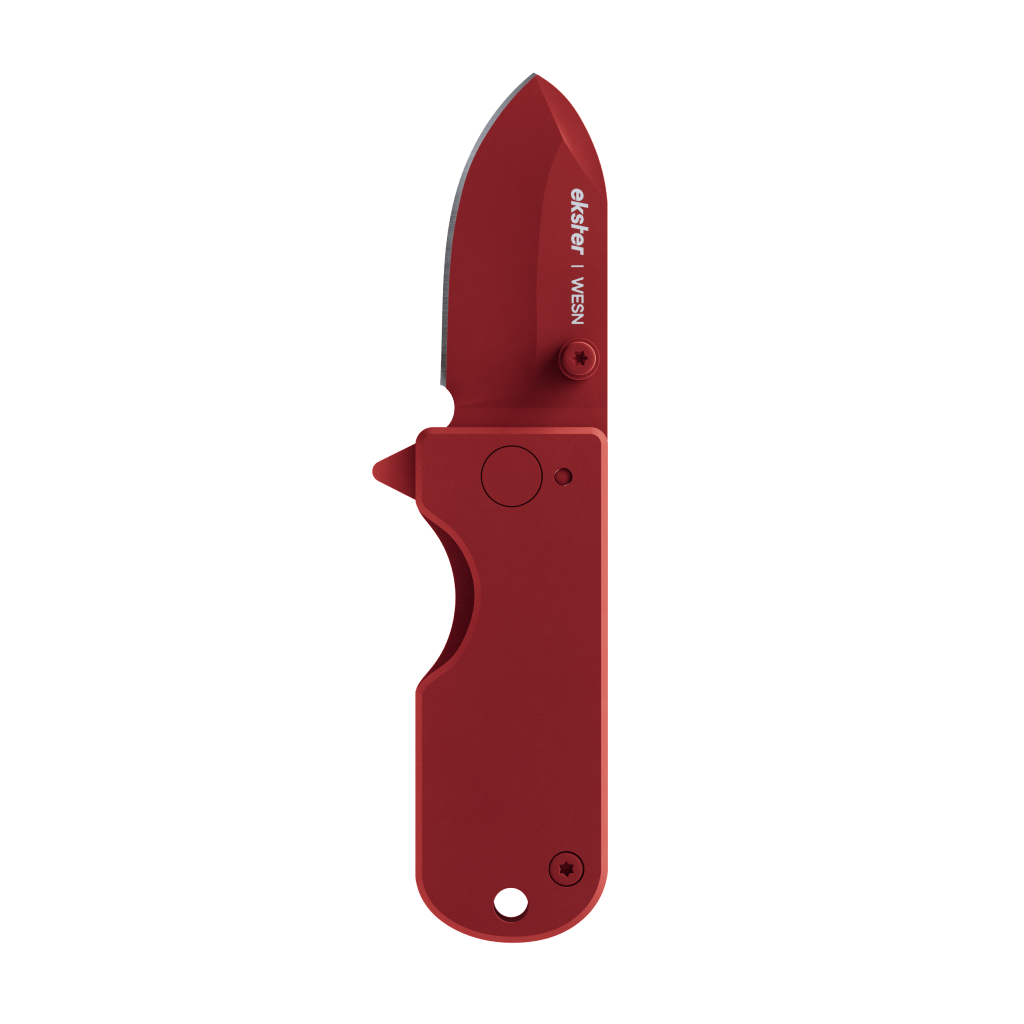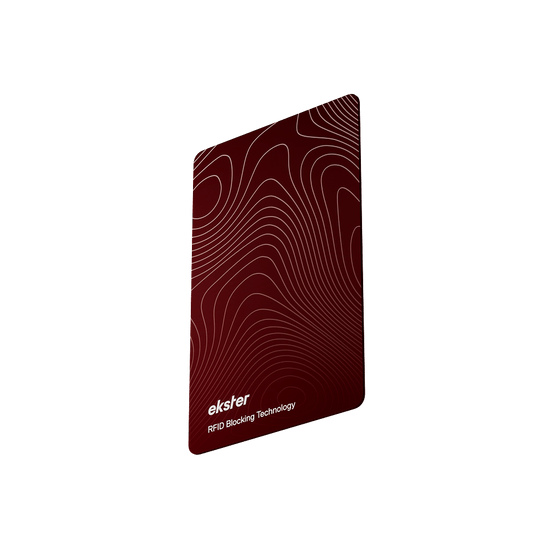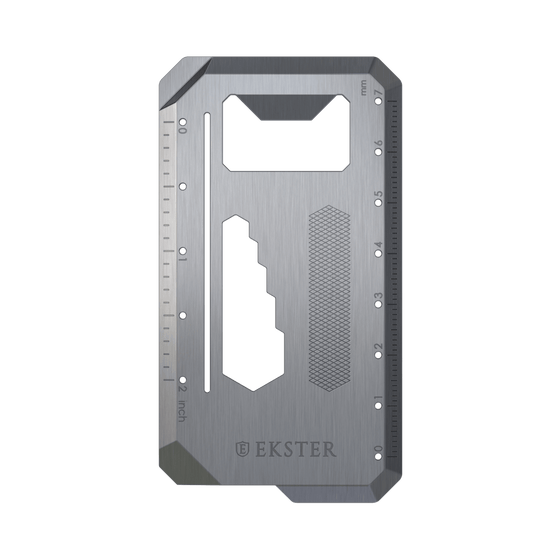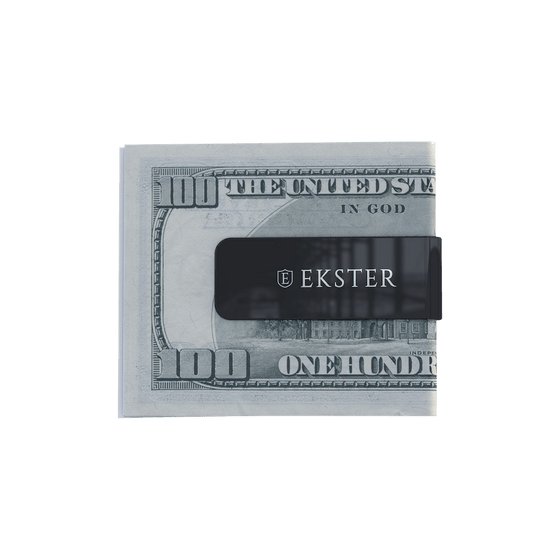7 Steps to Designing a Quality Product
The easy part is knowing your objective; the hard part is knowing the best way to accomplish it. When it comes to any project, the most difficult aspect is cultivating a good design process, knowing when to stick to that process, and knowing when to deviate.
How to design a next-generation smart wallet?
We sat down and talked with the in-house design team here at Ekster to get an idea of what sort of thinking goes into our innovative wallet. We try to continuously improve all of our creations, utilizing a fine-tuned process that draws on modern theories of industrial design and engineering, with a heavy emphasis on minimalist principles.
Each product that makes it through our design process adheres to five criteria that distinguish our products from others on the market.
Our design process mirrors the blend of tradition and innovation that is so characteristic of our trendy wallets: we like to move back and forth from the computer to the work table, informing the hand-built wallet prototype with digital modeling and vice versa.
Within our 7-step method to design a wallet, there is lots of room for repeating steps, revisiting steps, and rearranging steps, to make sure designs never get too entrenched in the theories that inform them.

Our Design Process
1. Initiation of project
Before we start designing a new wallet, we like to commit lots of time to observation and understanding trends. We like to look not only at economic and business resources, but also at popular culture and societal norms and patterns.
Our projects and designs are informed first and foremost by how people interact with the world around them, what items make up their daily life, and the effect that small, sometimes imperceptible changes can have on modern existence. Remember when it was weird to have a cell phone instead of a landline?
Or when it was fancy to have a smartphone instead of a flip phone? These are the sorts of changes in technology integration that we anticipated with our innovative men’s wallets – in the future, it’ll be bizarre to have a wallet that doesn’t connect remotely to your phone!
2. Review
In this step of the process, we look to our old products and try to improve, reinvent or expand upon them. When it comes to reviewing our work and designing new products or improving old ones, our customers are our biggest source of inspiration. We really have some great clients that give us amazing feedback through direct contact, Google reviews and much more.
Often, customers will notice things that our team hasn’t about our products and give us invaluable insight into how to better market and display our items online. We are always looking to make improvements to our simple and timeless modern wallet design, like slightly evolving the ejector button so that it is more ergonomic, or tweaking the treatment process of our blue leather so that it doesn’t scratch as easily.
3. Research
We collect information from almost everywhere: articles, Instagram stories, unboxing videos on YouTube, anything we can find. While the research is first and foremost used to inform new wallet designs, the value of the research performed in this step reaches far beyond the actual design of the product itself. It also helps inform how we plan our packaging, website and company identity!
We find it really important to cultivate a coherent aesthetic and personality in everything we do so that any interaction with Ekster is streamlined, comfortable, stylish and friendly.
4. Design a new wallet
When it comes to physically designing our new wallet, we like to start with the oldest and most reliable way of brainstorming – bringing pen to paper. After some rounds of freehand sketching, we bring our modern wallet design to the computer, where 2D digital rendering starts to illuminate how the product will really look.
After many (and I mean many) phases of small changes we finally arrive at a stabilized 3D modeling phase, where, after some fine-tuning, the digital wallet prototype is almost production-ready.
We like to push this conversation between tradition and innovation that is embodied in our technologically advanced yet conventionally luxurious wallets by moving back and forth between working with digital models and physical ones, privileging neither but appreciating both.
5. In-house wallet prototyping
We create in-house wallet samples at the office, using paper, leather, fabric, or plastic to make a life-sized prototype that allows us to check the feel and proportions of the product.
We really cherish a decentralized company structure that allows us to gain insight from many different team members, even those with no expertise in design. We find that those who aren’t in direct participation with the design process have an invaluable insight to offer from an outside perspective that can be missed by the design team itself.
6. Factory wallet prototyping
After multiple rounds of in-house prototyping, it’s finally time to go to the factory. We send over detailed technical drawings and plans to our engineers at the factory so they can whip up some samples.
Before we get a prepared wallet sample back, however, the factory does several rounds of testing to make sure the design is easily manufacturable, meaning the products can be made in a time, cost and quality-effective manner. We like to work as closely as possible with our engineers when designing a new wallet since their expertise is vital.
By going to visit the factory as much as possible, we help cultivate a close personal relationship that aids in all design endeavors.
7. Wallet sample review
When a finished wallet prototype arrives from the factory, the whole team sits down to review, experiment, and analyze it, then it’s straight back into the loop again!
While we may not go all the way back to step 1, depending on how we like the prototype, steps 4 through 7 will likely be repeated multiple times until the finished product is absolutely perfect.
In our experience, the repetition of the final steps of the design process is vital as they often expose minute issues or places for improvement that can be easily overlooked when sacrificing speed for quality.

While the design of our innovative wallets and leather goods usually follows this process, it can differ from the technology that is hidden inside them.
All our wallets have a cardholder inside that is protected from RFID scanning and can be fitted with a GPS trackable card.
What is RFID scanning and why should you know about it? Check out our next blog for answers!






